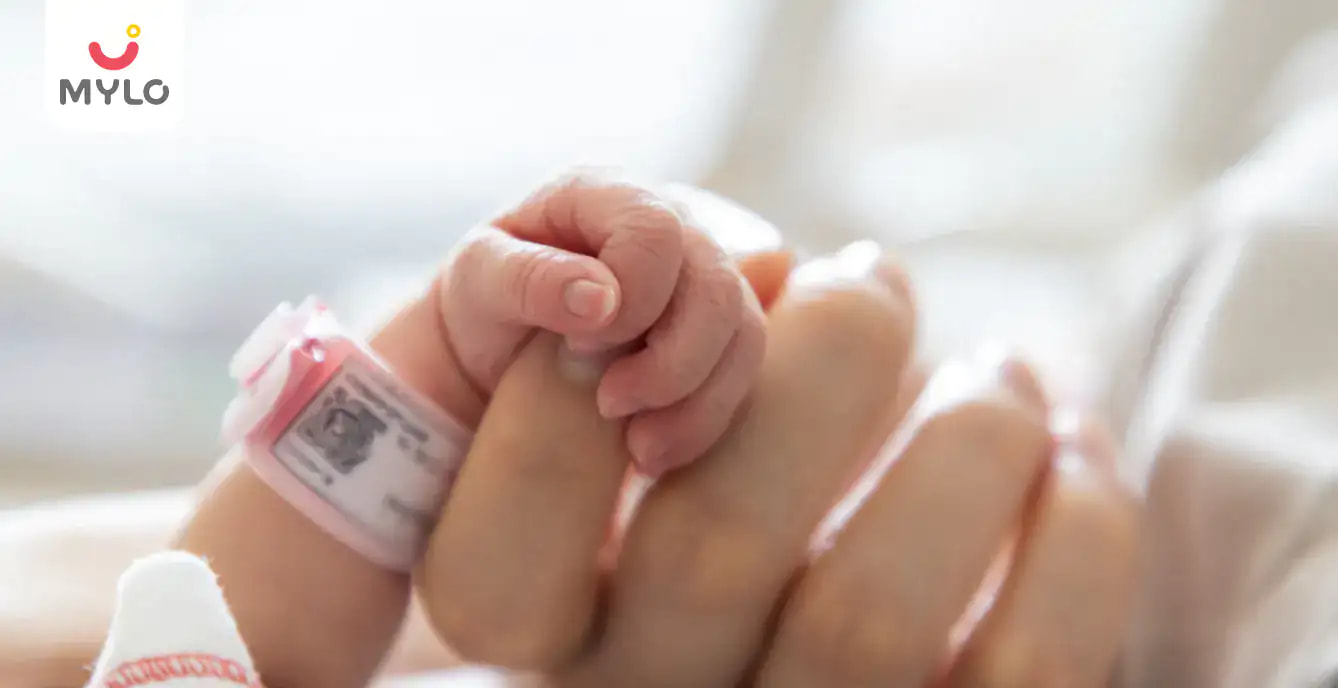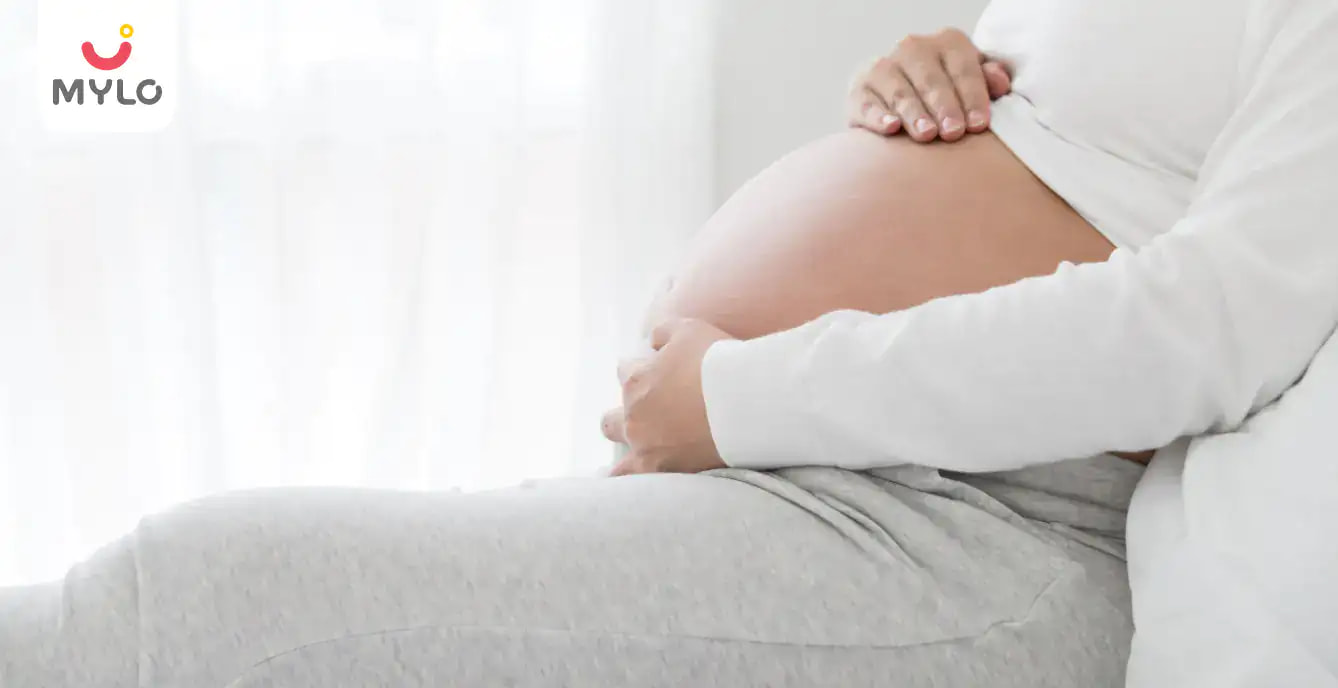Home

Breathlessness

Your heart stops beating when your baby feels breathless! Here are 5 things to know about infant breathlessness.
In this Article
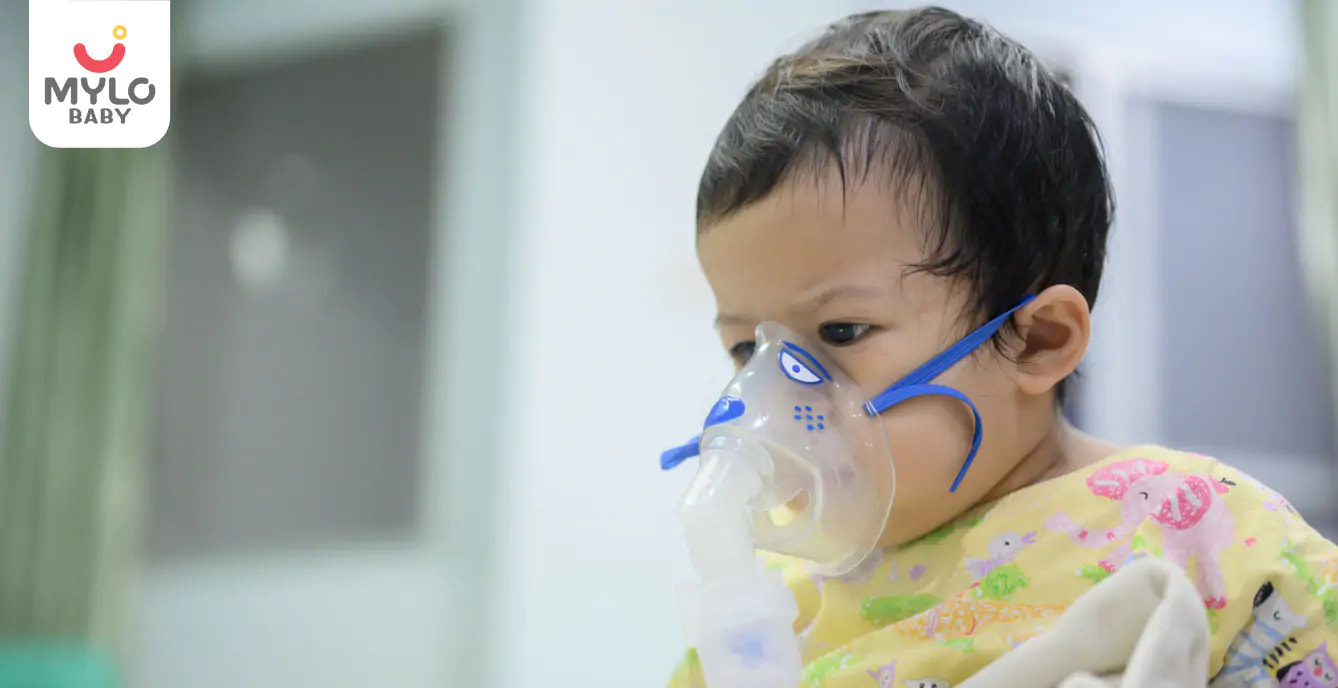
Breathlessness
Your heart stops beating when your baby feels breathless! Here are 5 things to know about infant breathlessness.
Updated on 20 December 2023



Medically Reviewed by
Kusum Sabharwal
Obstetrician & Gynecologist - MBBS| DGO
View Profile

Infant breathlessness is a serious matter. Sometimes, it is a problem in and of itself and requires attention. Attention, in this case, can range from at-home first aid to hospitalization. Other times, it is only a symptom to a much more dangerous life-threatening condition.
Usually, breathlessness points to diseases in the lungs, but sometimes it can be due to problems in the heart or infections that interfere with the normal functioning of the lungs. Infections take a toll on the body as a whole and cause severe exhaustion, which may also contribute to this problem.
Treatment must be immediate and sustained. Breathing problems cannot be taken lightly. Newborns who suffer from breathing issues need to be placed in a NICU immediately after birth and watched for days before they can be released. Parents have to keep on watching for any irregular symptoms at home, even after dismissal from the hospital.
IT CAN HAPPEN TO ANYONE
In a normal baby, the first breath is taken immediately after birth. When the baby is in the uterus, fluid fills the lungs. At birth, the fluid in the lungs is removed through the blood and lymph system and is replaced by air. At this point, breathing begins normally. Physical handling during labor also stimulates a baby’s crying and helps with the first breath.
In some cases, fluid in the nose does not move and blocks the airway, causing the first breath to be delayed. In this case, a medical professional -usually a doctor or a qualified nurse- use an aspirator to draw fluid from the nose and clear the airway.
The process is usually smooth and the baby starts breathing well after. If not, then an underlying cause is present and the baby is taken to a more critical care unit for oxygen masks until further tests are done.
BREATHING PROBLEMS CAN SIGNIFY HEART DISEASE
One of the most common causes of breathlessness in infants is a congenital heart defect. This defect happens when the heart is not fully developed in the fetus. It causes problems with blood flow, affecting the oxygen supply that the baby receives.
Although this is common in preterm infants, about one-third of full-term babies born with a congenital heart defect have major defects that need surgery. This is why parents need to watch out for breathing problems even in full-term babies.
The heart and the lungs are closely related in function and depend on each other. When the heart is not operating properly, it places extreme stress on the lungs to compensate for lack of oxygen in the blood. Conversely, when the lungs are distressed, the heart is unable to function normally. Whatever the initial cause is, breathlessness is a dangerous result.
IT MAKES BABIES SWEAT
A common symptom of breathlessness is sweating. This is particularly worrying because it is unusual in infants and it happens in irregular places such as around the lips or on the nose. It is usually accompanied by crying and restlessness.
The reason for this symptom is related to effort. Think about how strenuous exercise causes increased heart rate and excess sweating in adults. It is the same for infants.
When an infant is struggling to breathe, this places extra stress on the body, particularly the lungs and the surrounding muscles. Muscles start using more energy than normal in an attempt to breathe, resulting in sweating as if the baby is exercising. It is also evident when the baby is having an episode of shortness of breath and gasping.
SUNKEN ABDOMEN
The abdomen visibly changes during the shortness of breath. When a baby inhales, the abdomen looks extremely sucked in, to the point that the ribs are clearly visible from under the skin. When the baby exhales, the abdomen is distended and pushed out.
This is because the abdomen reflects the movement in the lungs, which becomes extreme as inhalation and exhalation are attempted. The trachea, which is directly above the abdomen and in the middle of the ribs, also moves vigorously with the breathing movement.
Normal breathing moves the abdomen as well, but the movements are slight and slow. Normally, breathing does not lead to suddenly visible differences in the abdomen size between inhalation and exhalation. Also, the abdomen responds to gasping. Visibility of the ribs is also a serious sign, possibly an indication of weight loss.
In such cases, the lost weight is attributed to lack of feeding and increased exhaustion due to struggling with the disease or the infection causing shortness of breath.
MAKES BABIES APPEAR BLUISH
When an infant is suffering from breathlessness, he/she usually has bluish skin. The reason for that is lack of oxygen. Oxygenated blood which carries oxygen to all tissues has a red color while deoxygenated blood, which has already deposited oxygen to the tissues, is bluish.
The unusual bluish color in the skin signifies that there is deoxygenated blood where oxygenated blood should be, which means that tissues are not getting the oxygen they need.
This symptom is especially apparent in the hands and feet because those are the farthest from the heart and lungs. It becomes difficult for the blood to reach them and provide efficient oxygen, because of weak heart and lung functions. Blood is also a source of heat, so infants who have trouble breathing, hands and feet may be exceptionally cold.





Medically Reviewed by
Kusum Sabharwal
Obstetrician & Gynecologist - MBBS| DGO
View Profile


Written by
Ishmeet Kaur
Ishmeet is an experienced content writer with a demonstrated history of working in the internet industry. She is skilled in Editing, Public Speaking, Blogging, Creative Writing, and Social Media.
Read MoreGet baby's diet chart, and growth tips

Related Articles
Related Topics
RECENTLY PUBLISHED ARTICLES
our most recent articles
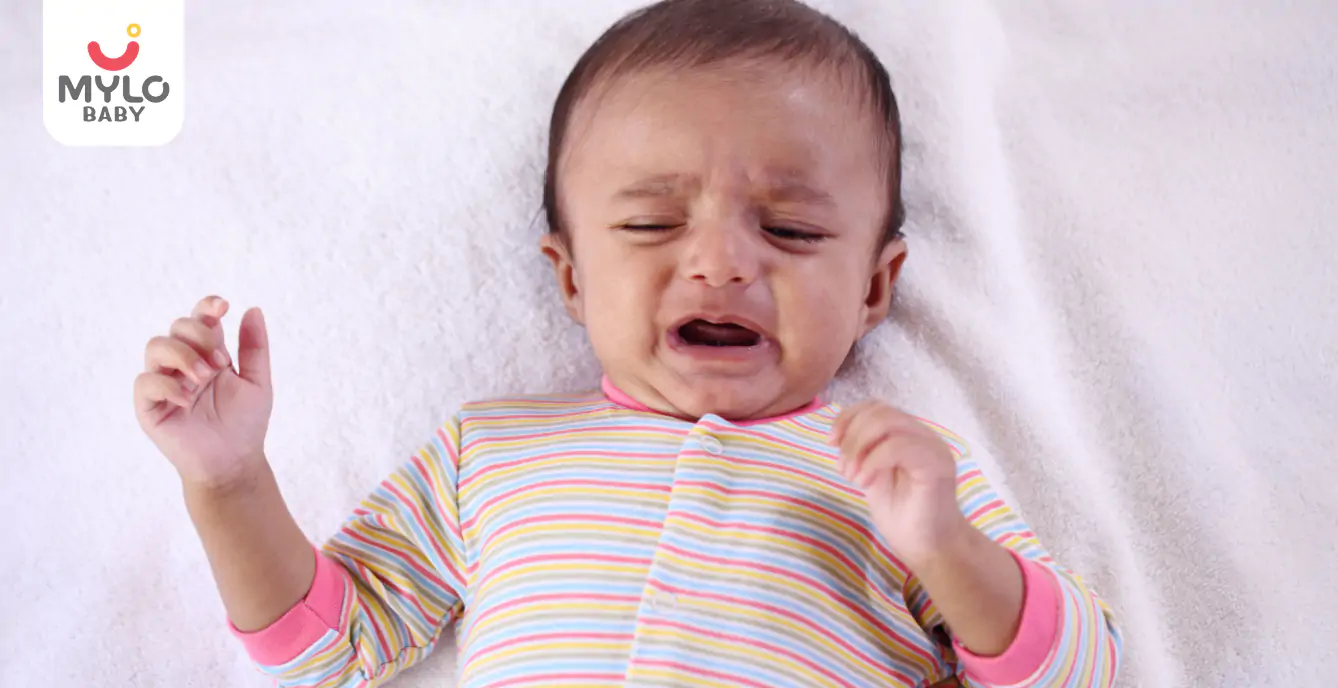
Care for Baby
Newborn Crying: What It Means and How to Handle It?
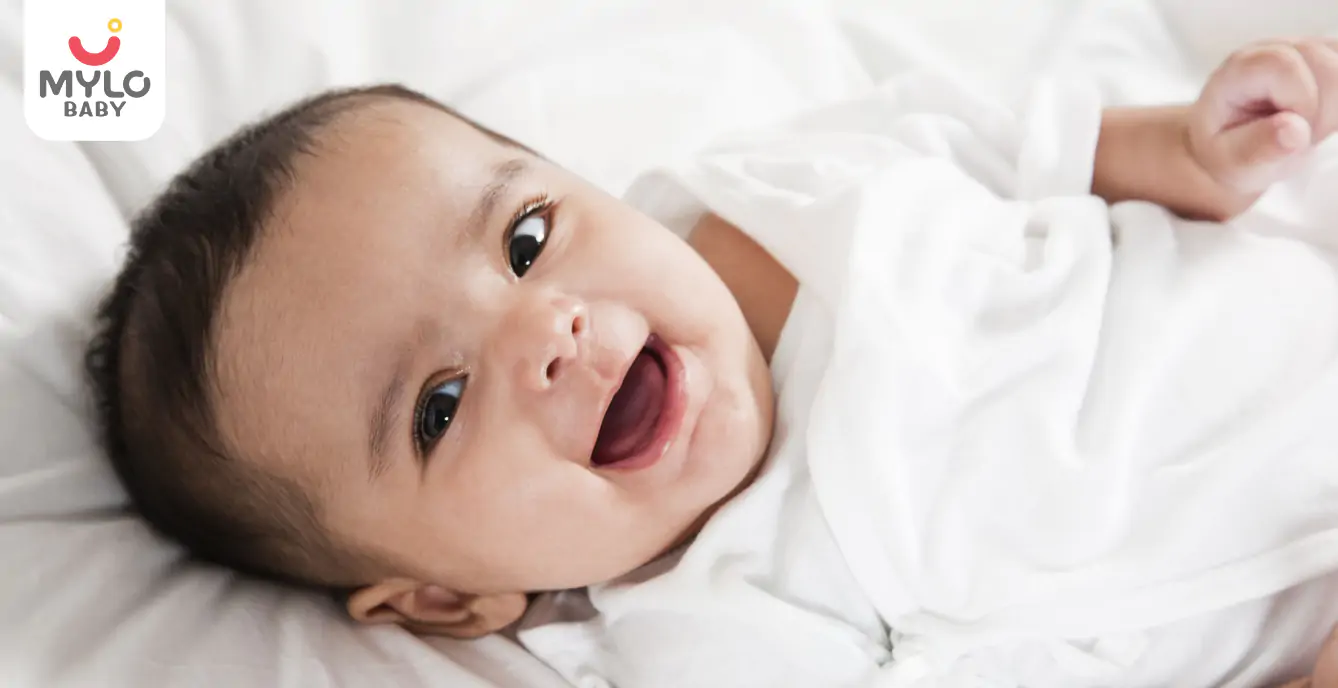
Growth & Development
When Do Babies Make Eye Contact: Keeping an Eye on Important Milestones
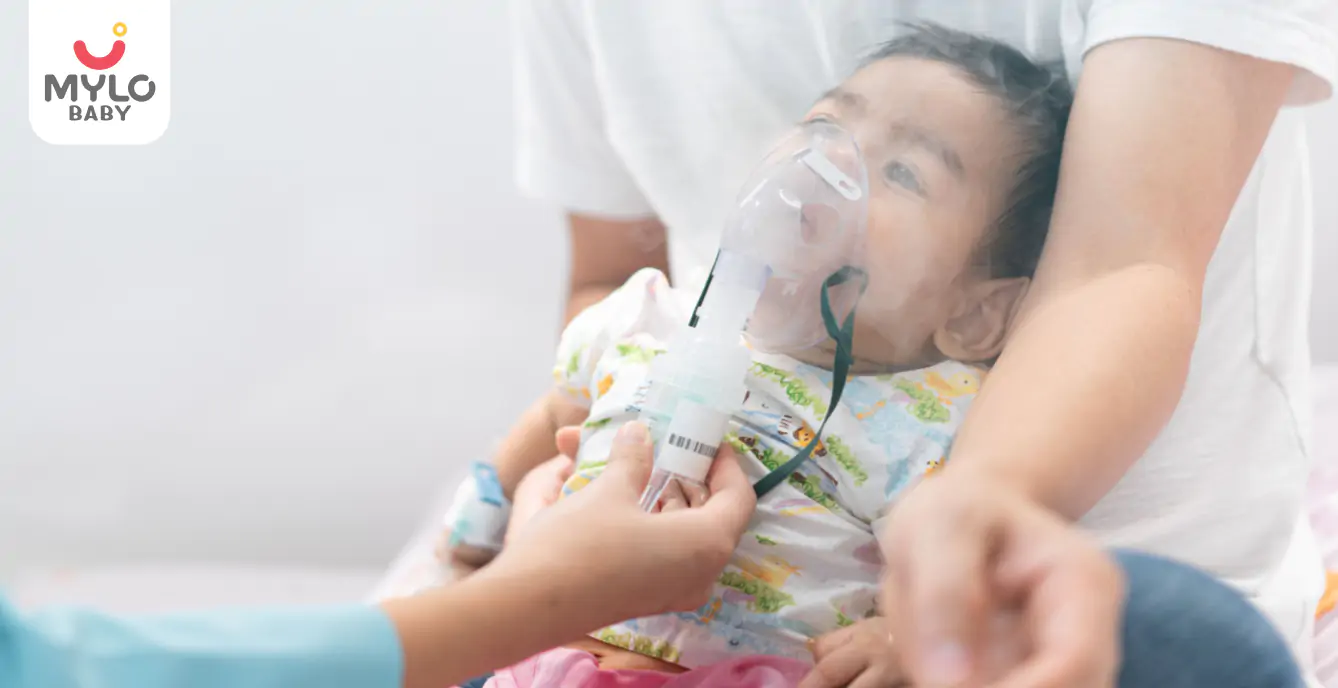
Women Interests
Is your baby getting breathless frequently? Five things you must know
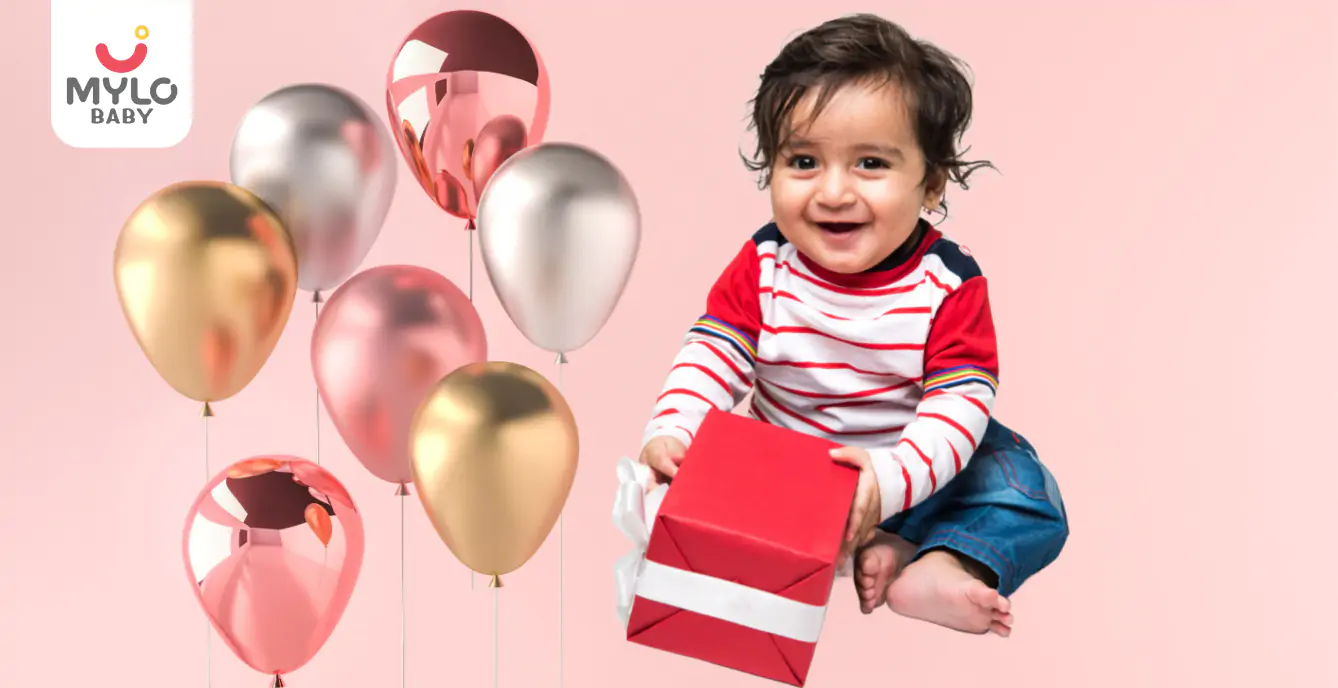
Birthday Parties
50 Budget-Friendly Birthday Return Gift Ideas to Wow Your Guests

PCOS & PCOD
PCOS Exercise: Your Guide to Sweating Away PCOS
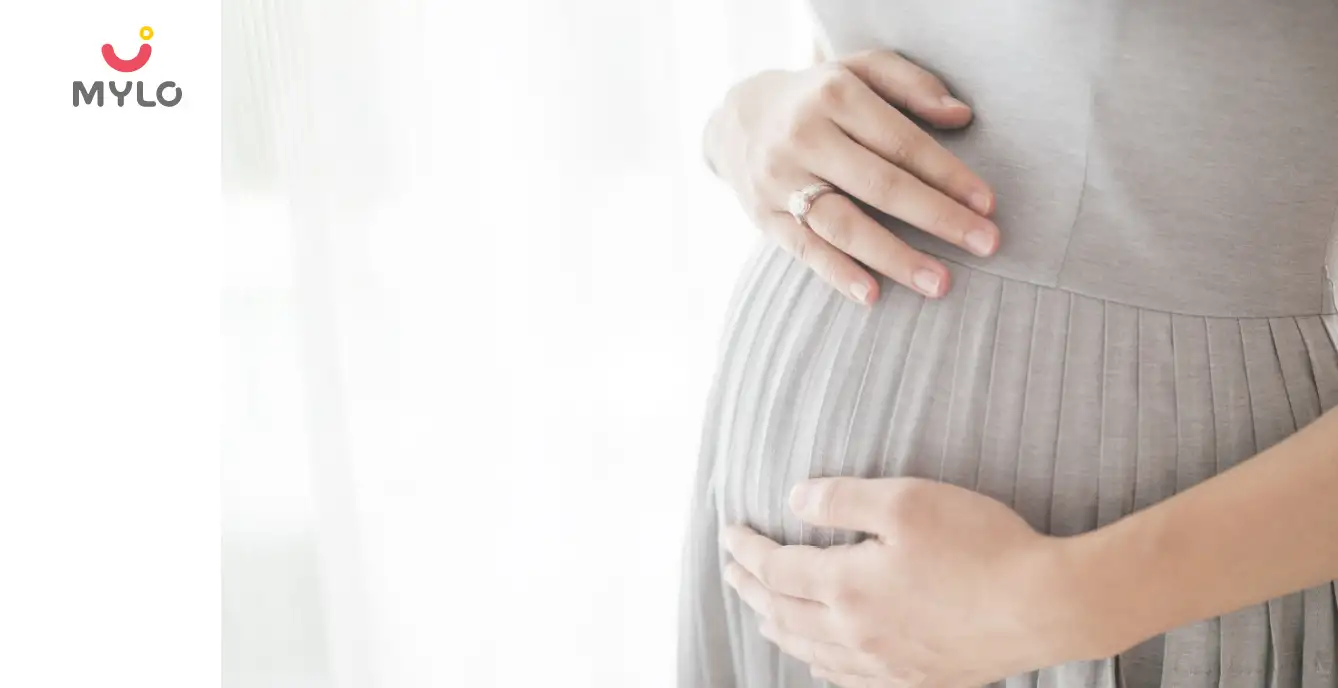
PCOS & PCOD
PCOS and Pregnancy: How to Manage PCOS on the Path to Parenthood
- PCOS Tests: The Power of Diagnostic Tests in Your Health Journey
- Must-Read Ruskin Bond Short Stories for Little Minds
- The Top 10 Tenali Raman Stories You Must Read to Your Kids
- Ovulation Bleeding: The Ultimate Guide to Causes, Symptoms and Management
- A Guide to Recognizing Symptoms of Ovulation After HCG Injection
- Bulky Ovaries Explained: What Every Woman Should Be Aware Of
- Ovulation: The Key to Maximizing Your Chances of Conception and Pregnancy
- The Ultimate Compilation of Fancy Dress Ideas for Young Kids
- How Long Does Sperm Take to Reach the Egg?
- Pregnancy Symptoms After Ovulation Day by Day: Exploring the Daily Progression
- Signs Ovulation is Over: Your Guide to Understanding the End of Ovulation
- Top 15 Akbar and Birbal Stories for Young Kids
- How Soon After an Abortion Can You Get Pregnant?
- PCOS and Sex: Exploring Impact on Health and Debunking Common Myths


AWARDS AND RECOGNITION

Mylo wins Forbes D2C Disruptor award

Mylo wins The Economic Times Promising Brands 2022
AS SEEN IN
















- Mylo Care: Effective and science-backed personal care and wellness solutions for a joyful you.
- Mylo Baby: Science-backed, gentle and effective personal care & hygiene range for your little one.
- Mylo Community: Trusted and empathetic community of 10mn+ parents and experts.
Product Categories
baby carrier | baby soap | baby wipes | stretch marks cream | baby cream | baby shampoo | baby massage oil | baby hair oil | stretch marks oil | baby body wash | baby powder | baby lotion | diaper rash cream | newborn diapers | teether | baby kajal | baby diapers | cloth diapers |





